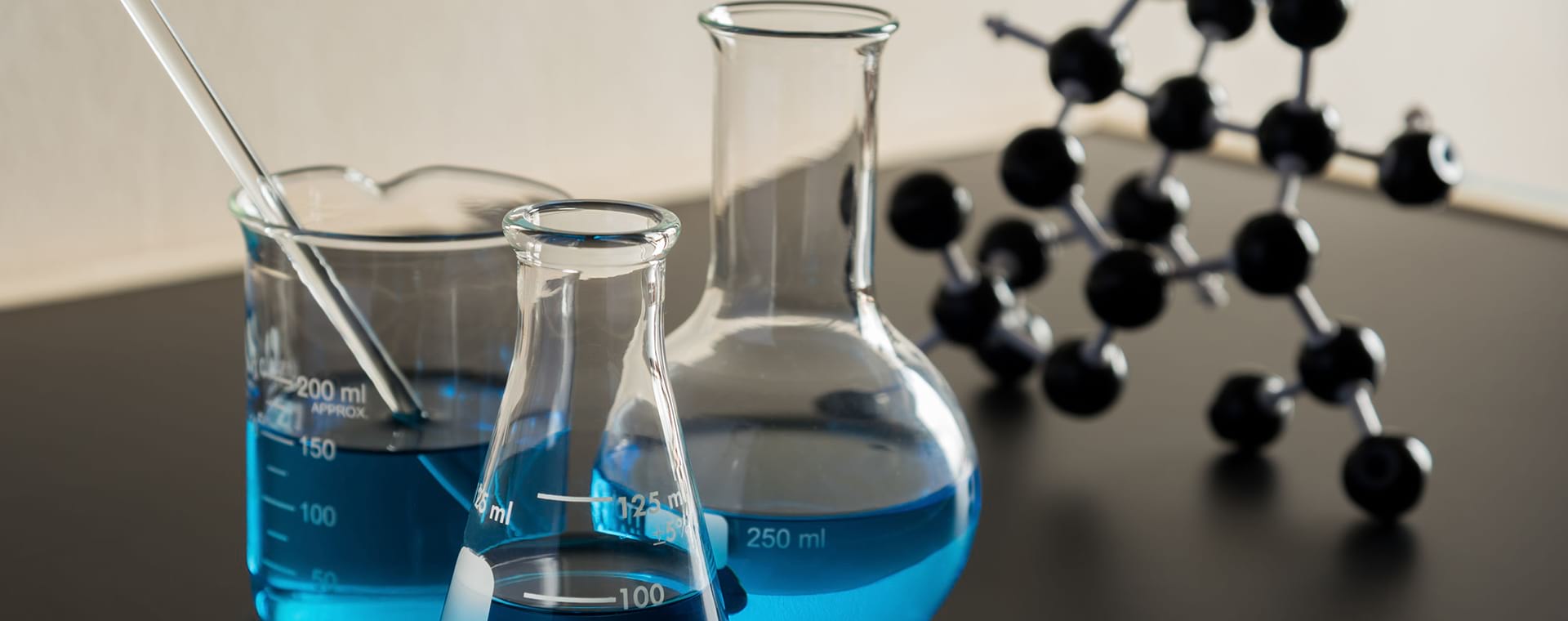Why is it important to have the good microbiological quality of your drinking water checked?
If your home is connected to a municipal aqueduct, the water that passes through your water treatment plant, before being sent to you, meets the criteria of the RQEP. Depending on the size of the systems, water should be tested 2 to 100 times per month, including Escherichia coli bacteria, fecal coliforms and total coliforms1. The presence of these organisms in excess of the regulation automatically results in a boiling advice, a notification to the MDDELCC and the public health direction in your area.
However, the quality of this water does not necessarily represent the quality of the water that comes out of your taps. Several factors such as age, configuration, frequency of use, flow, work, etc. of your domestic network can influence the final quality of your drinking water. Although the risk of disease acquisition by water distributed by your municipality is extremely low, Labsco recommends your water be tested if you observe changes in its organoleptic properties (taste, colour, smell, texture, etc.). To find out the quality of the water supplying your home, you can contact your municipality.
For homes supplied by artesian wells, different scenarios may be associated with poor water quality, including poor well sealing, septic tank defects, or application of organic fertilizers (manure) near the well. It is recommended that water be tested between the 2nd and 30th day following the start of the new pumping equipment, as well as twice a year, in the spring and fall. In addition, Labsco recommends testing your water if you suspect a decrease in the microbiological quality of your water or if you notice changes in the organoleptic properties of your water.
For more information you can visit the http://www4.gouv.qc.ca/FR/Portail/Citoyens/Evenements/vivre-en-logement/Pages/analyse-echantillons-eau-potable.aspx
How is the microbiological quality of drinking water verified at Labsco?
The counting and identification methods used at Labsco were developed using standard industry-approved methods. These methods are based on the filtration of a water sample to be tested, usually 100 ml, on a filter allowing the retention of microorganisms. The filter is then deposited on a culture medium specially formulated to promote the growth and detection of the desired microorganisms. Solid agar growth allows the counting of the viable and cultivable fraction of the microorganisms sought in the sample.
All the methods used at Labsco have undergone a vigorous validation process and are being applied to achieve reliable and reproducible results.
What is Escherichia coli and why is it important?
Escherichia coli is a negative gram bacterium in the Enterobacteriaceae family. When found in the environment, it indicates the presence of contamination of human or animal faecal origin, since E. coli is not naturally present in the environment. Although the majority of strains are safe for humans or cause only mild intestinal discomfort, some strains have very different infectious profiles and can lead to significant health problems in humans. Since 2013, E. coli has been used as an indicator of fecal contamination by RQEP, replacing the analysis of fecal coliforms (thermotolerant). The presence of a single E. coli bacterium in a sample automatically results in non-compliance with the RQEP and results in a boiling advice.
For private well owners, it is up to the owner to take appropriate measures to resolve the situation. This can range from simple decontamination (http://www.environnement.gouv.qc.ca/eau/potable/depliant/index.htm), for example if contamination is caused by special circumstances (snowmelt, heavy rains, etc.), repairing damaged systems or installing certified water purification equipment in the residence. Regardless of the method used, the owner of the well is responsible for providing drinking water to all members of the residence. Microbiological analyses of the water must then be carried out after 1 and 4 weeks to ensure that the normal is returned.
For more information, please visit the https://www.inspq.qc.ca/eau-potable/e-coli
